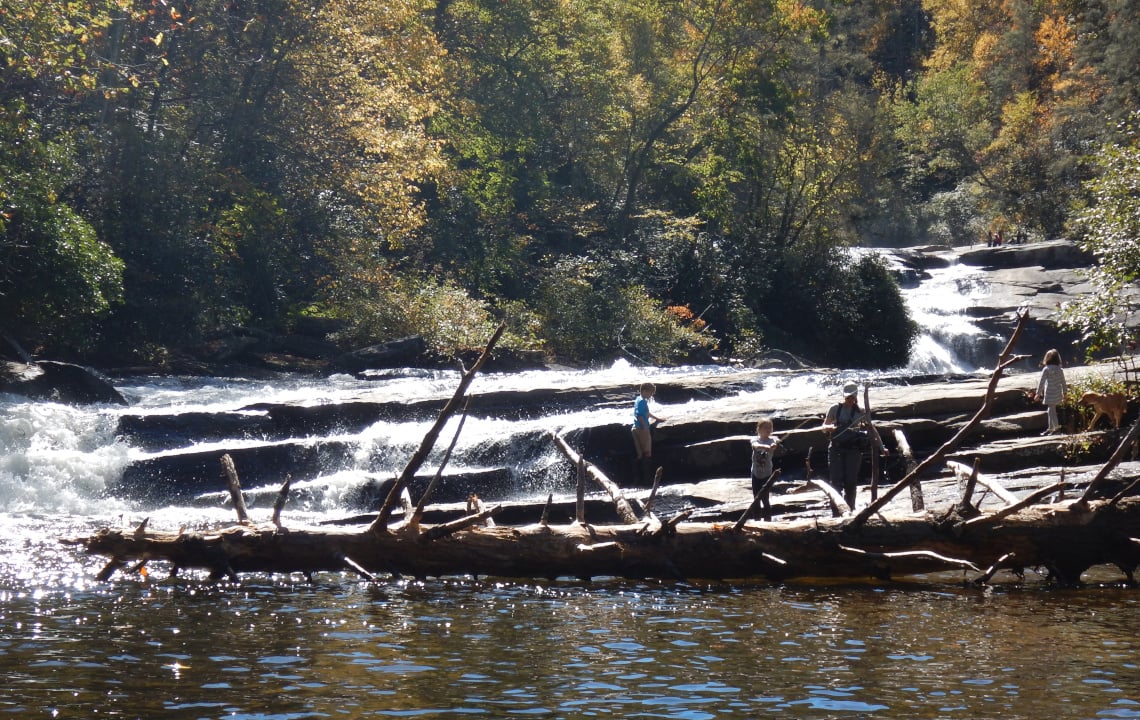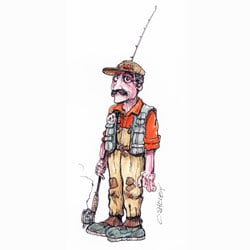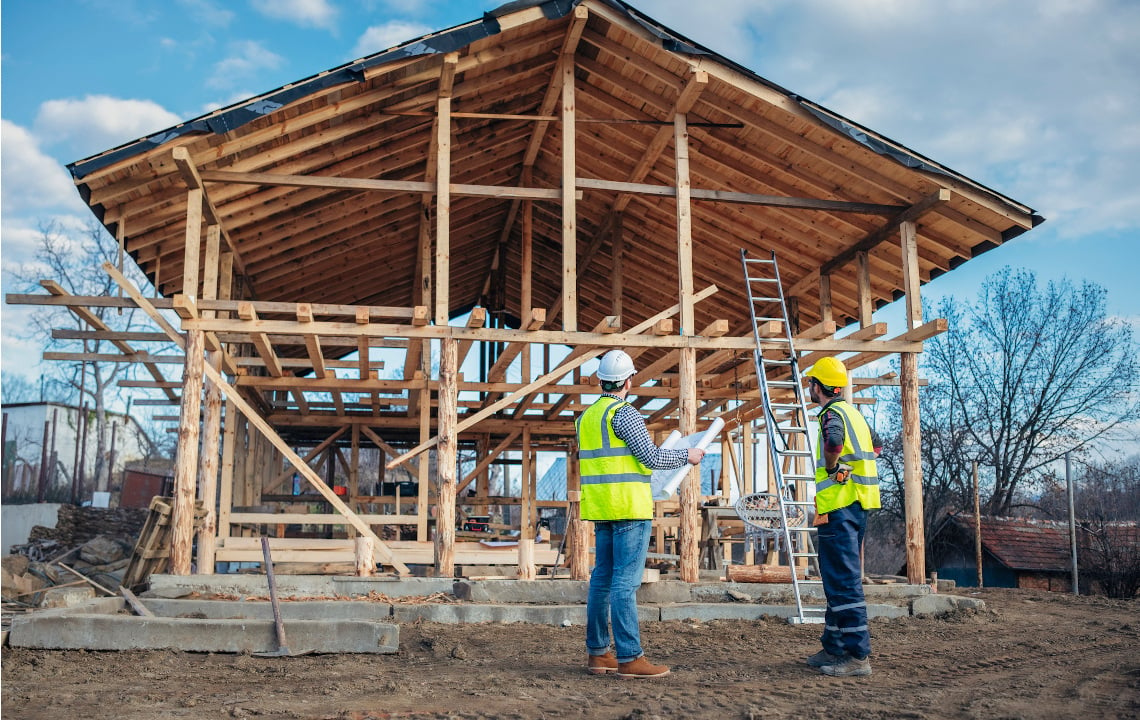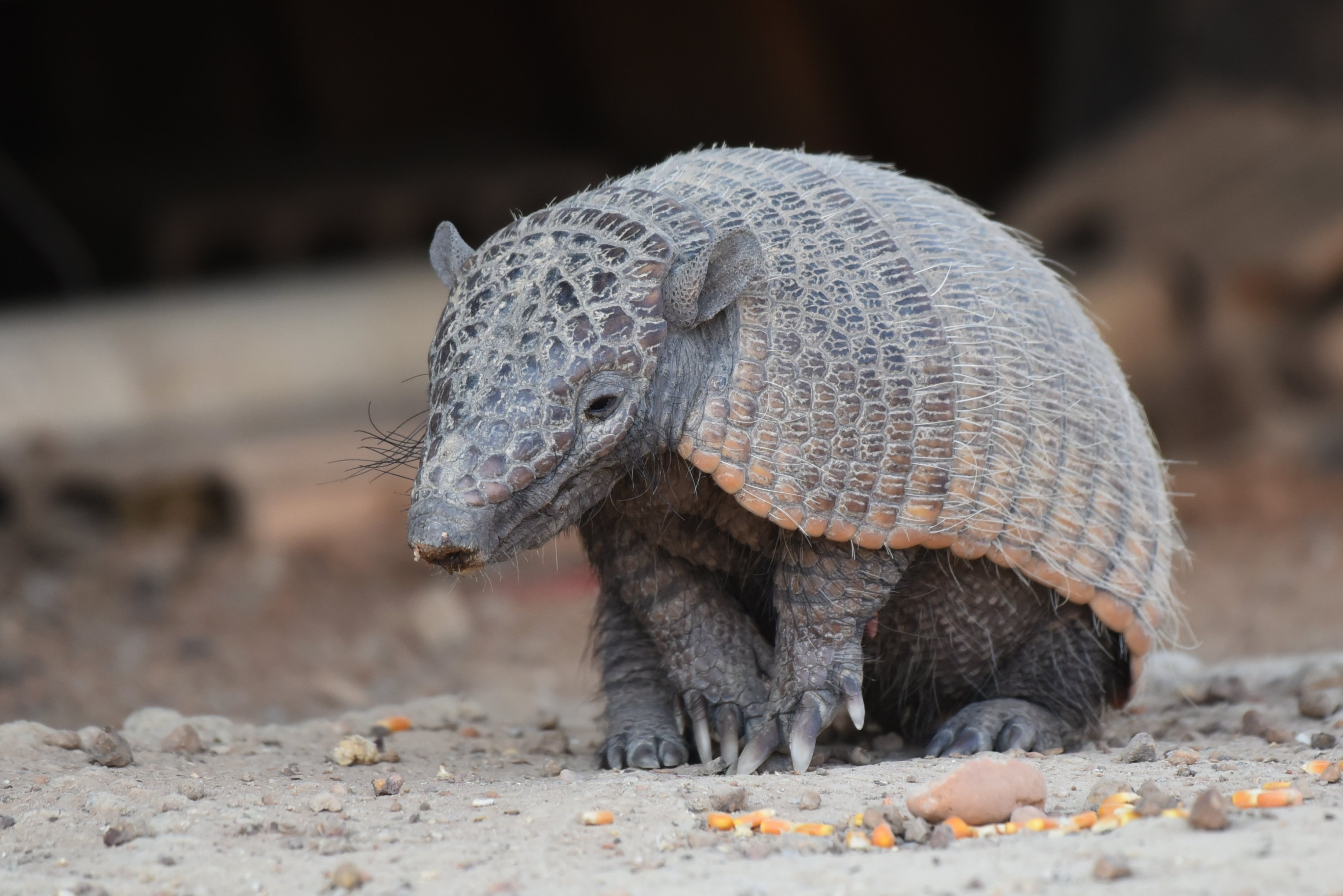Cooler temperatures beckon for cozy nights spent around a campfire, bonfire, or relaxing in front of your fireplace. But do you really know where your firewood comes from? Outdoorsman and forester, Jim Mize explains how non-local firewood introduces pests to our native forests, and how to source safer wood.
The hemlock trees that used to shade my favorite trout stream are dying from damage done by woolly adelgids. These trees helped keep the afternoon sun off the water, preventing the river temperatures from rising to levels that stressed the fish.
Farther north, oak wilt continues to spread. First seen in 2008 in Upstate New York and Long Island, New York, this disease has crept into the Midwest killing hundreds of thousands of oak trees annually.
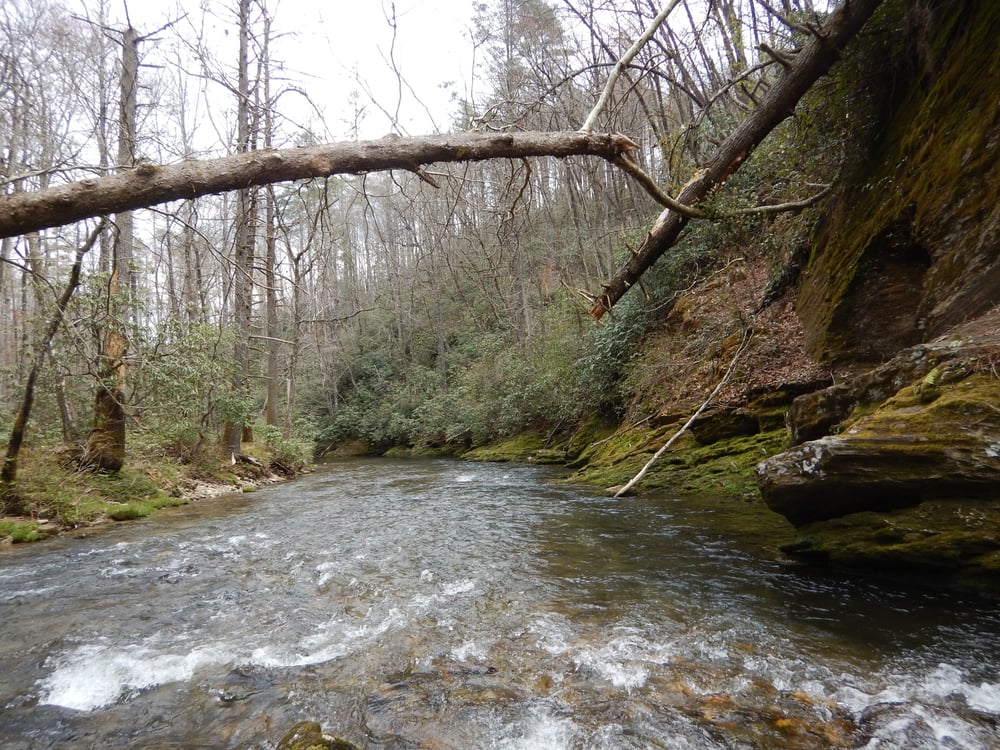
One an invasive pest and the other a disease, both can be spread through harvested wood. To help contain the damage, government agencies and nonprofit organizations are trying to make people aware that moving firewood can contribute to the problem.
Cooler temperatures invite us outside for camping, hunting, or just enjoying a good campfire. Many of us in rural areas heat with firewood or just enjoy a good fire as we relax at night. But where your firewood comes from can determine whether you are contributing to the problem.
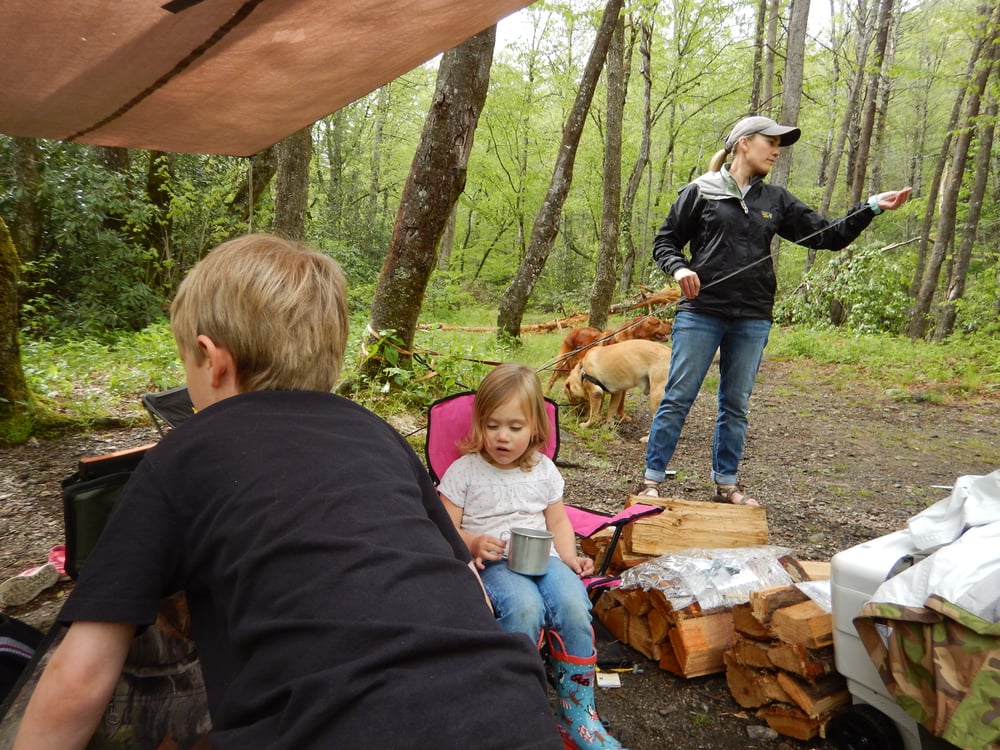
Dontmovefirewood.org is a site managed by The Nature Conservancy with the goal of “protecting trees from invasive insects and diseases that travel in contaminated firewood.” Their efforts to raise awareness about this issue involve a range of partners all with stakes in forest health.
Moving firewood may be more common than you think. For instance, campers who want travel a couple hundred miles to a park may want to have their firewood supply with them when they arrive. Since many of these pests or diseases are nearly impossible to see, these infestations travel with the firewood and become dislodged in the handling of the wood, thereby spreading to the new site.
The way to avoid this is simply to buy local wood. According to The Nature Conservancy, local means within ten miles of where the wood will be burned.
If you cut your own firewood from your property and keep it there, you likely have no problem. Any pests or diseases in your wood are already present.
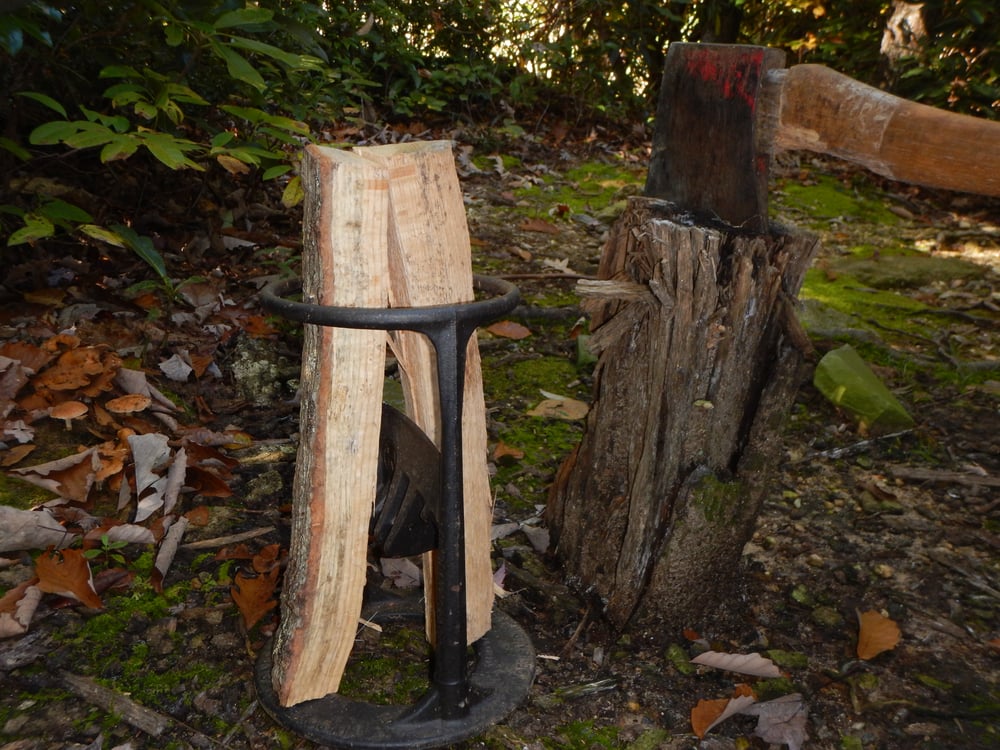
The alternative to buying local wood is to purchase heat-treated wood. This firewood will be certified usually with a US Department of Agriculture seal or a state agriculture department seal. Just a claim that the wood is “kiln dried” may not be adequate.
As these pest and disease problems have become more widespread, some states have passed regulations limiting the movement of firewood. For example, it’s against the law to bring firewood into Florida from out of state without certification of treatment or a few other exceptions such as being within fifty miles of the border.
Each state has different regulations and specific issues to manage. In the South, pests such as emerald ash borers, Asian longhorned beetles, and red imported ants are a concern.
You can find the regulations for your state along with specific descriptions of local issues at https://www.dontmovefirewood.org/map/. Just click on your state in the map to go to the regulations and concerns for your area.
To help keep these tree pests and diseases contained, you can do a few simple things to help. First, buy or cut your firewood locally. Second, keep it there for your use and if you do travel and plan to build a fire, buy your wood upon arrival. Last, if you don’t know the source of your firewood, find a supply that has been treated and certified.
These pests and diseases can destroy forests, lower property values, and cost huge amounts to control. Closer to home, it’s painful to watch your favorite trout stream deteriorate from invasive insects and diseases.
Something as simple as keeping firewood local can help.


